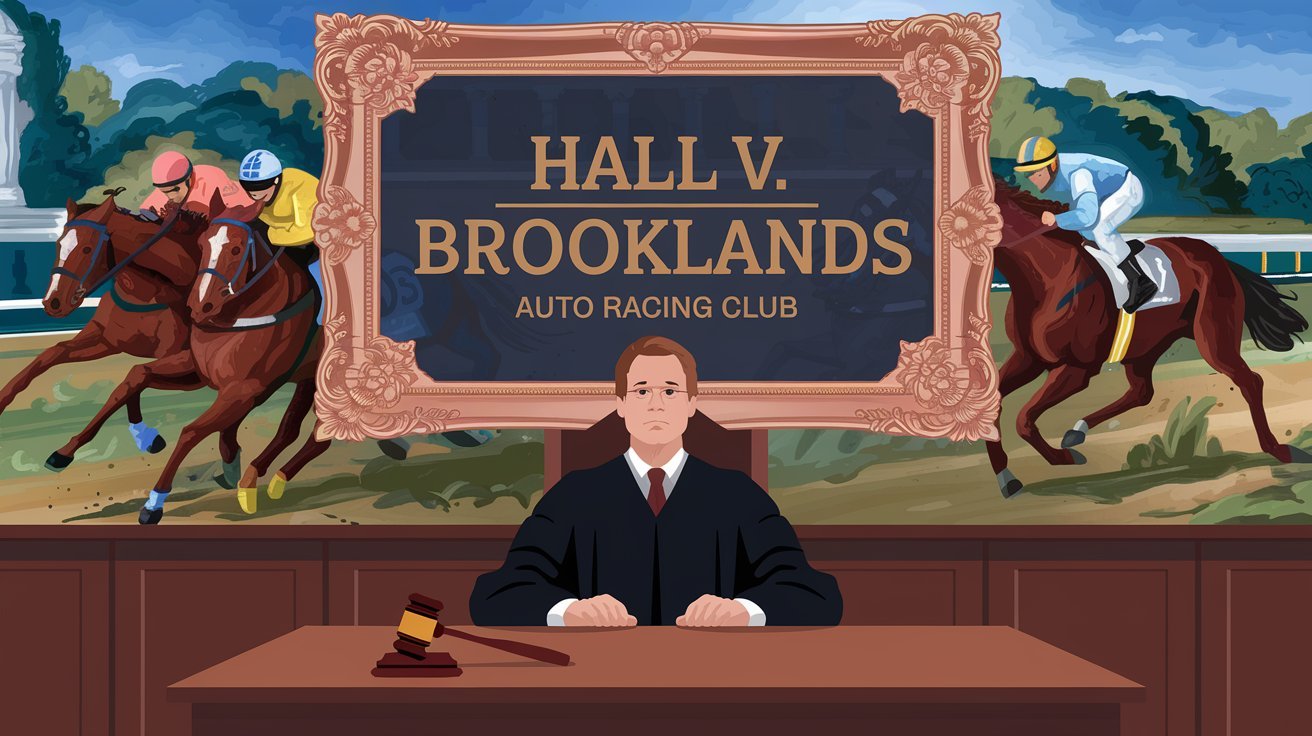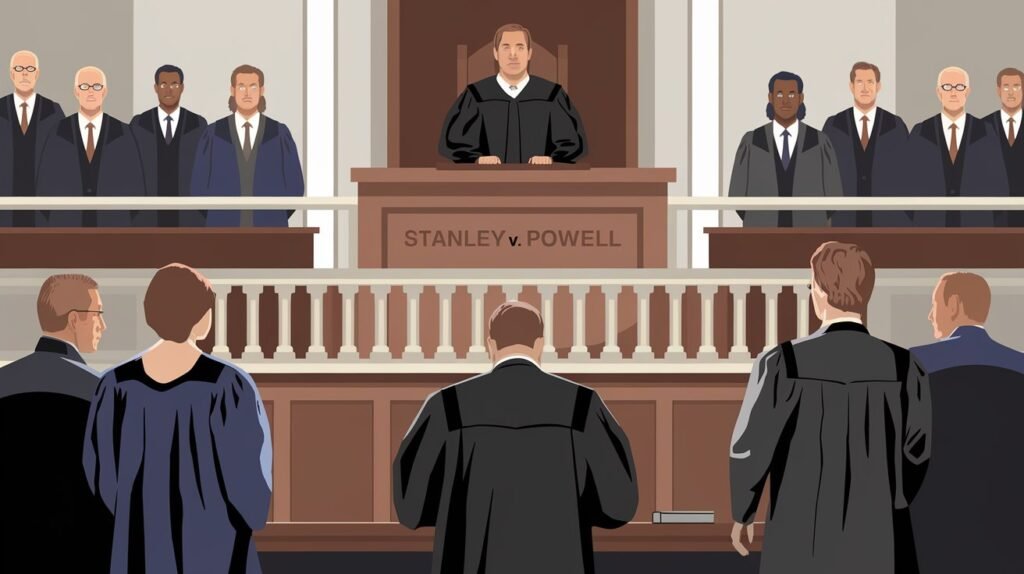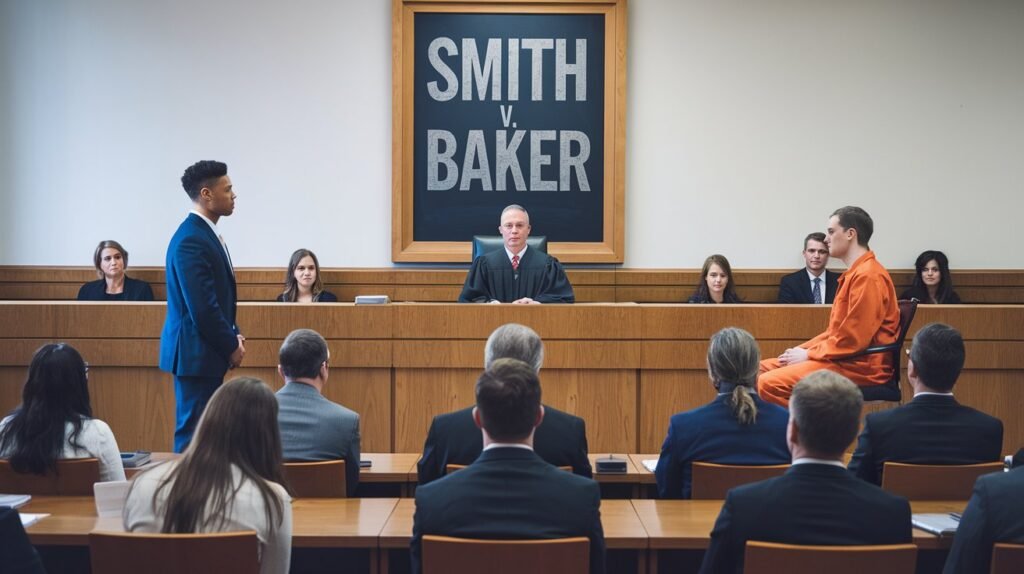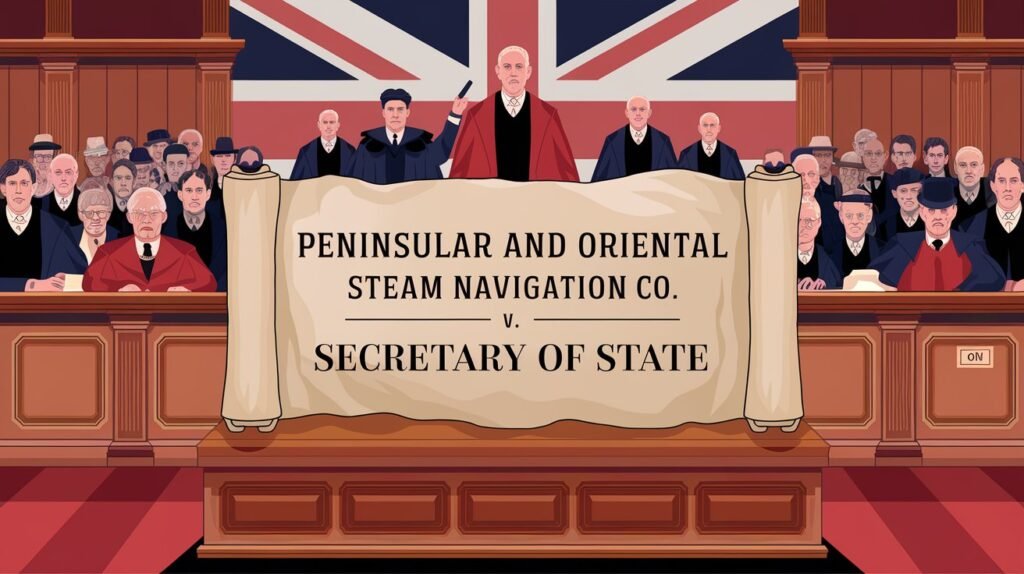Hall v. Brooklands Auto Racing Club 1933 (Case Summary)

This case is a foundational decision in tort law regarding the duty of care owed by organizers of events to spectators, establishing that inherent risks voluntarily assumed by participants or attendees mitigate liability for injuries.
Table of Contents
ToggleFacts of Hall v Brooklands Auto Racing Club
- The plaintiff was a spectator at a motor racing event organized by the Brooklands Auto Racing Club.
- During the race, a car skidded off the track, injuring the plaintiff and another spectator.
- The plaintiff sued the club, alleging negligence in ensuring spectator safety.
Issues framed
- Whether the organizers owe a duty of care to the spectators to prevent such accidents?
- Whether adequate precautions were taken by the organizers to ensure safety?
- Whether the defence of volenti non fit injuria (voluntary assumption of risk) apply in this case?
Judgment of Hall v Brooklands Auto Racing Club
The court applied principles of negligence, including duty of care, standard of care, and foreseeability of harm.
The court held that motor racing is inherently dangerous, and spectators are presumed to understand and accept the risks involved when attending such events. It noted that the organizers had taken reasonable precautions by designing the track and fencing to minimize risks, but no absolute guarantee of safety could be provided. The defence of volenti non fit injuria was upheld, as the plaintiff voluntarily attended the event, fully aware of the associated risks. The court noted that this was the first such incident in 20 years of organizing motor races, further demonstrating that the organizers had exercised reasonable care in managing risks.
The court ruled in favor of the Brooklands Auto Racing Club, holding that there was no breach of duty of care. Justice Greer observed: “The danger was inherent in the sport, and the organizers had taken all reasonable steps to mitigate it. Spectators voluntarily accept the risk of such dangers.”




